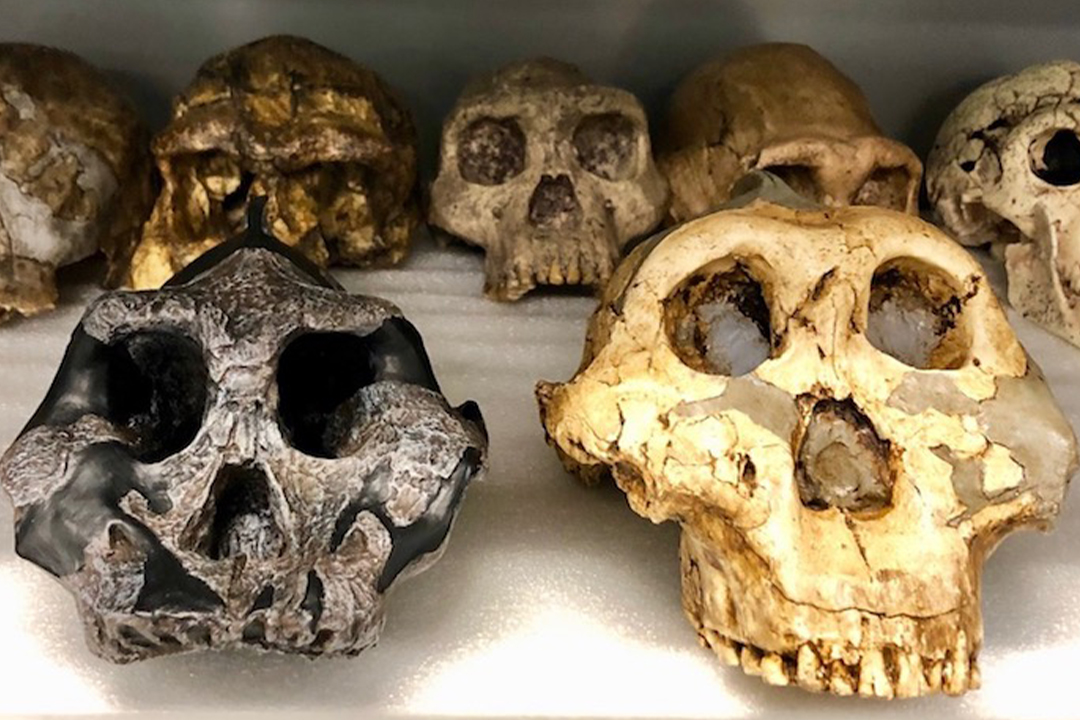Enquye Negash, a postdoctoral researcher in the Columbian College’s Center for the Advanced Study of Human Paleobiology, led a research team that documented dietary shifts in herbivores that lived between 1 to 3 million years ago in Ethiopia's Lower Omo Valley. By examining the fossilized teeth of herbivores such as antelopes and pigs, the researchers found a dramatic move away from woody vegetation foods to foods representative of grasses and sedges. The study was published in the journal Proceedings of the National Academy of Science.
By isolating the stable isotopes in the herbivores’ fossilized teeth, Negash’s team traced the dietary changes to two distinct time periods occurring approximately 2.7 million years ago and 2 million years ago, when the environment of the Lower Omo Valley was transitioning to open savanna.
“Major dietary shifts that are observed in our study reflect the response of the herbivores to major ecological and environmental changes during this time,” Negash said. “This allowed us to better understand the environmental context of similar dietary changes in hominins.”
The study, “Dietary trends in herbivores from the Shungura Formation, southwestern Ethiopia,” served as a comparative framework to an associated hominin diet study, also co-authored by Negash. That study, “Isotopic evidence for the timing of the dietary shift towards C4 foods in eastern African Paranthropus,” examined carbon isotope data from the fossilized tooth enamel of Paranthropus boisei, a nonancestral hominin relative.
“Although we’re interested in how the diets of our immediate and distant ancestors evolved to produce our modern human diet, it is very important to consider these hominins as a small part of an ecosystem that included other plant and animal species that responded to changing environments in an interconnected way,” said co-author Jonathan Wynn, program director in the National Science Foundation’s Division of Earth Sciences.
A second paper documented a profound shift toward the consumption of the grassy diet—known as C4-derived foods—approximately 2.37 million years ago. That period preceded a morphological shift in the skull and jaw of P. boisei, nicknamed “Nutcracker Man” for its big teeth and strong chewing muscles. Given the direct evidence provided by the abundant, well-dated fossilized teeth and their chemical composition, the new findings suggest behavioral dietary changes can precede apparent morphological adaptations to new foods.


